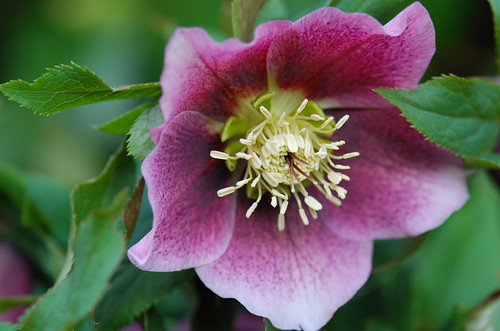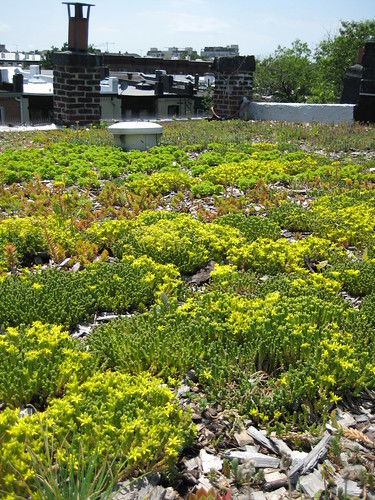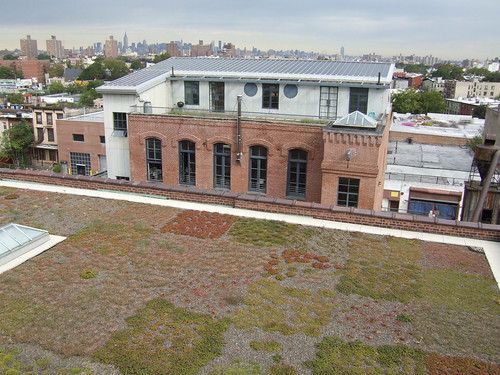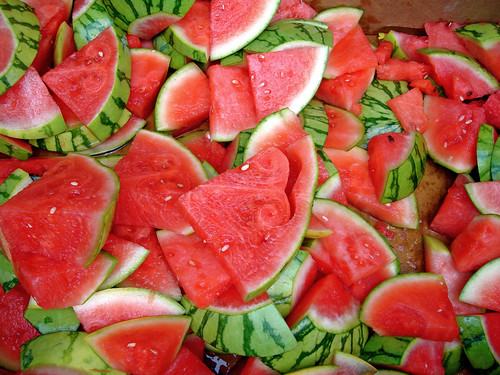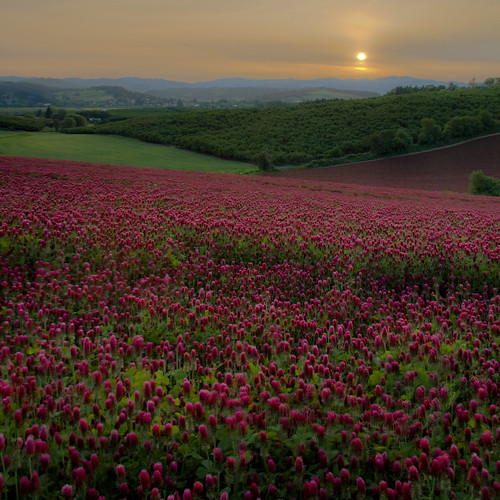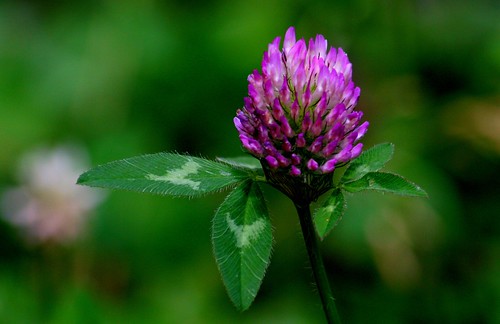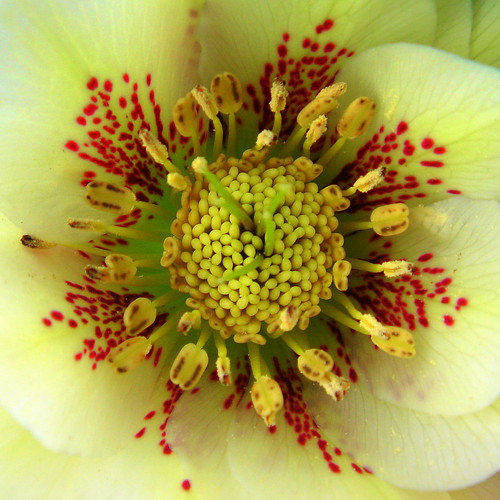
Where: Carolyn’s Shade Gardens
325 S Roberts Rd
Bryn Mawr, PA 19010
610-525-4664
carolynsshadegardens@verizon.net
When: (Select One)
Saturday, March 20, from 10 to 11:30 am
Sunday, March 21, from 1 to 2:30 pm
Friday, April 2, from 10 to 11:30 am
Saturday, April 3, from 10 to 11:30 am
Cost: $25 per person
Attendance is limited to 15 people
Content: Using examples from my own gardens, I will cover everything and anything you ever wanted to know about hellebores, including:
+ How to grow and maintain them
+ How to propagate them by division and seedlings
+ How to pick the best plants
+ The difference between “species†and. “hybrid†hellebores
+ What makes a superior hybrid hellebore
+ What is special about the 15 or so species of hellebores
+ Some of the interesting new species crosses available
+ A special selection of hellebores will be available for purchase, including rare plants potted just for the seminars
The seminars are suitable for any level gardener as long as you can listen to discussions of the most esoteric qualities of hellebores without your eyes glazing over. Questions and observations from the group are encouraged. Feel free to bring samples for identification and discussion.
Registration: To register, please click on this address carolynsshadegardens@verizon.net and send me an email listing the seminar date, your name, and phone number. You will receive a reply confirming your registration and containing further details.
